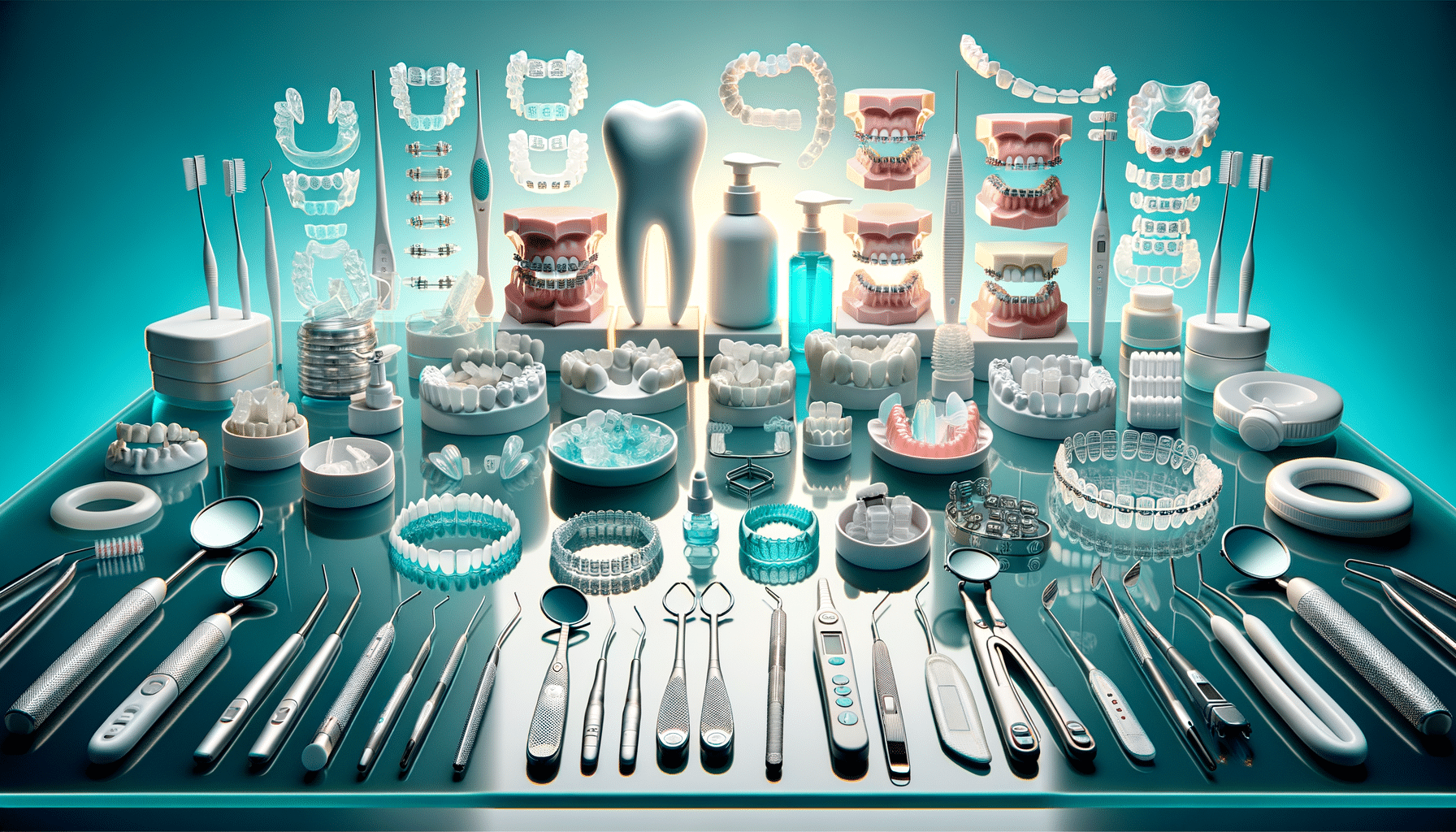Braces: A Comprehensive Guide to Orthodontic Solutions
Explore the world of braces, their types, benefits, and the journey to achieving a perfect smile.

Introduction to Braces: The Journey to a Perfect Smile
Orthodontic braces are more than just a tool for aligning teeth; they are a gateway to improved oral health and enhanced self-confidence. The journey of wearing braces is one that many embark on, whether for aesthetic reasons or to correct dental issues such as misalignment, overbites, or underbites. Understanding the various types of braces available, their benefits, and the process involved can help individuals make informed decisions about their dental care. This article delves into the intricate world of braces, offering insights into how they work and what one can expect throughout the treatment.
Types of Braces: Exploring Your Options
When it comes to choosing braces, there is no one-size-fits-all solution. The type of braces suitable for an individual depends on several factors, including the complexity of the dental issue, aesthetic preferences, and budget. Here are some common types of braces:
- Metal Braces: Known for their durability, metal braces are the traditional choice. They consist of metal brackets and wires and are often the most affordable option.
- Ceramic Braces: These are similar to metal braces but use clear or tooth-colored brackets, making them less visible.
- Lingual Braces: Positioned behind the teeth, lingual braces are hidden from view, offering a discreet option for those concerned about appearance.
- Clear Aligners: A modern alternative, clear aligners are custom-made, removable trays that gradually shift teeth into place.
Each type has its unique advantages and considerations, and consulting with an orthodontist can help determine the most suitable option for individual needs.
The Benefits of Braces: Beyond Aesthetics
While the primary motivation for many seeking braces is to achieve a straighter smile, the benefits extend far beyond aesthetics. Properly aligned teeth contribute to better oral health by making it easier to clean teeth thoroughly, thus reducing the risk of cavities and gum disease. Additionally, correcting bite issues can alleviate strain on the jaw, preventing discomfort and potential joint problems. Moreover, the confidence boost that comes with a well-aligned smile can positively impact social interactions and self-esteem. These multifaceted benefits underscore the importance of considering braces not just for cosmetic reasons but as a comprehensive approach to oral health.
The Braces Journey: What to Expect
Embarking on the braces journey involves several stages, each crucial to achieving the desired outcome. The initial consultation with an orthodontist will involve a thorough examination, including X-rays and impressions, to develop a personalized treatment plan. Once the braces are fitted, regular adjustments are necessary to ensure progress. Patients may experience discomfort initially, but this typically subsides as they adjust to the braces. Maintaining oral hygiene is paramount throughout the treatment to avoid complications. The duration of wearing braces varies, typically ranging from one to three years, depending on the complexity of the case. The journey concludes with the removal of braces and the introduction of retainers to maintain the newly aligned teeth.
Conclusion: Embracing the Path to a Healthier Smile
Choosing to wear braces is a significant decision that can lead to transformative results. Whether driven by the desire for a more attractive smile or the need to address dental issues, braces offer a pathway to improved oral health and increased confidence. Understanding the types, benefits, and process involved equips individuals with the knowledge to make informed choices. As the journey unfolds, the support of a skilled orthodontist and a commitment to maintaining oral hygiene can ensure a successful outcome. Ultimately, the investment in braces is an investment in one’s health and well-being, paving the way for a brighter, healthier smile.